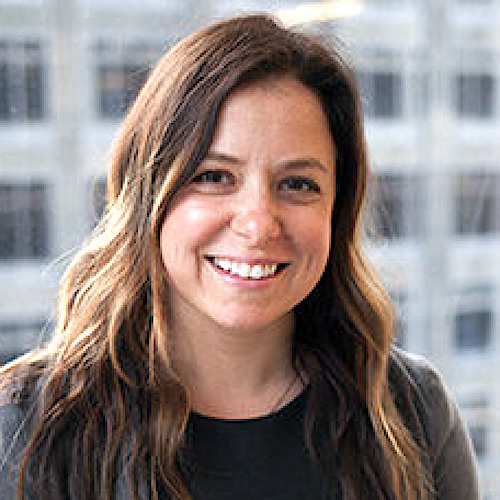
Transitioning a loved one from home care to senior living never is easy. With the added challenges of the COVID-19 pandemic, many families opted to provide home care to their older family members, while assisted living occupancy rates fell to a record low 77.7% in 2020.
With the rollout of vaccines, however, occupancy rates are set to steadily climb at the end of the year. As families begin this transition process, it has become clear that senior living communities must make family communication a primary focus as older adults learn to live apart from their families.
Here, I’ll explain a few ways senior living communities can foster this communication while delivering the best care possible.
Create in-person programming between residents and loved ones
It is not enough to just give family members space as they find the right senior living community. Though important, communities also must demonstrate, through programming, that their primary mission is providing exemplary care to every resident.
Communities can accomplish this mission by hosting events such as welcome parties for new waves of residents and using digital calendar hubs that broadcast different events for any type of hobby or interest an older adult may have. These types of events can help new residents create new connections as they transition.
Detailed and thoughtful planning, in both transitioning a loved one to senior living and rolling out programming for a whole community, promotes clarity and comfort. In moments of transition, strengthening communication builds community.
Implement digital communication platforms
The increased usage of Zoom and FaceTime in senior living communities won’t be stopping anytime soon. In fact, 60% of baby boomers use Facebook, meaning that members of this age group (currently aged 56 to 75) have embraced online networking.
Although 61% of those aged 65 or more years have access to a smartphone, however, implementing additional digital platforms will bridge the gap between the 61% and the other 39%. Digital platforms operate as windows into a resident’s world and his or her family’s world.
To maximize the potential of technology in your senior living community, members must understand the technology. This training extends to residents and staff. Training employees on using the tech positions them as even more valuable resources to your residents.
But what good is technology if you can’t support its usage? Outfit your senior living community with the right digital infrastructure — fiber optic cables, high-speed hookups and routers — to ensure your staff can easily connect residents with their loved ones and community at large.
Provide increased visibility through digital software
Many senior living communities implement digital platforms that give families insight into their loved one’s schedule, sometimes down to the minute. Not only do these platforms help with recordkeeping, but they also promote accountability on the part of the staff.
Families understandably worry about the care of their loved ones. These platforms can showcase the quality of care your staff exhibits and enable families to use the schedule feature as a way to engage with their loved one. For instance, a family member could see their loved one went to a painting class and check in on how it went.
These platforms can also streamline communication on a resident’s health. Electronic health records and electronic medication administration records enable those with appropriate permission to remotely check in on their loved one’s health.
Use tech to support real-time connection
With the continuation of the delta variant, older adults are put at additional risk. As the global public health crisis draws on, technology remains vitally important, and video calls will continue to be a necessary link between seniors and families if new shutdowns occur.
By building out digital infrastructure, platforms and programming that includes families, senior living communities ensure that residents can feel supported by their close family networks.
Mary Giangrasse is the vice president of client success at Caremerge, a software solution platform that connects senior living residents with staff and family members. Caremerge launched in 2012 and now serves more than 550 communities with more than 100,000 residents.
The opinions expressed in each McKnight’s Senior Living marketplace column are those of the author and are not necessarily those of McKnight’s Senior Living.


